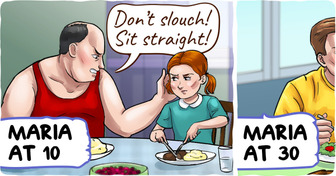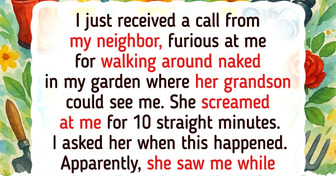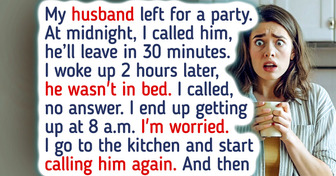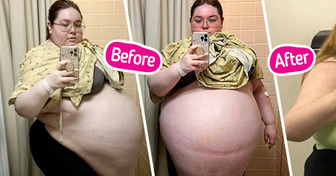“This is Unacceptable!” People React to Jennifer Lopez’s Unrecognizable New Face

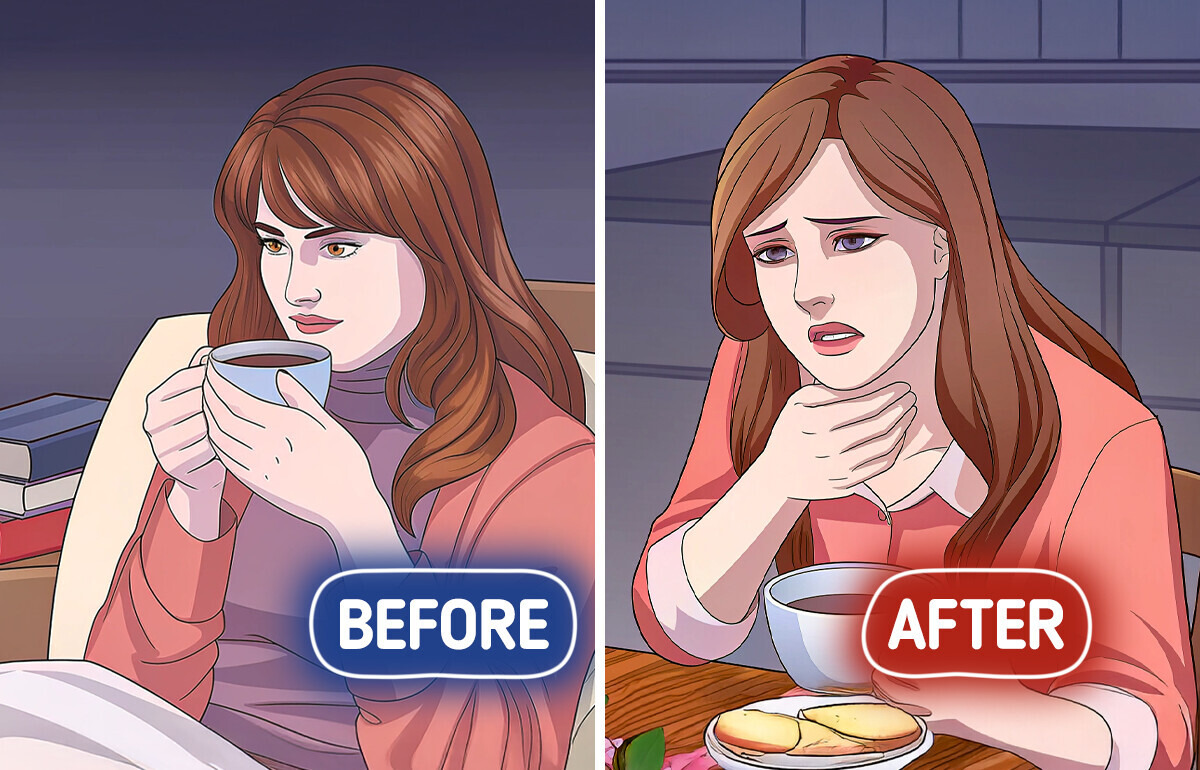
Stroke symptoms in women can be quiet and unexpected — often mistaken for stress, anxiety, or fatigue. But these subtle signs can be just as deadly. Here are some often-overlooked warnings every woman should know.
CONTENT IS PROVIDED FOR INFORMATIONAL PURPOSES ONLY AND IS NOT INTENDED AS A SUBSTITUTE OF MEDICAL ADVICE.
SEEK GUIDANCE OF YOUR DOCTOR REGARDING YOUR HEALTH AND MEDICAL CONDITIONS.
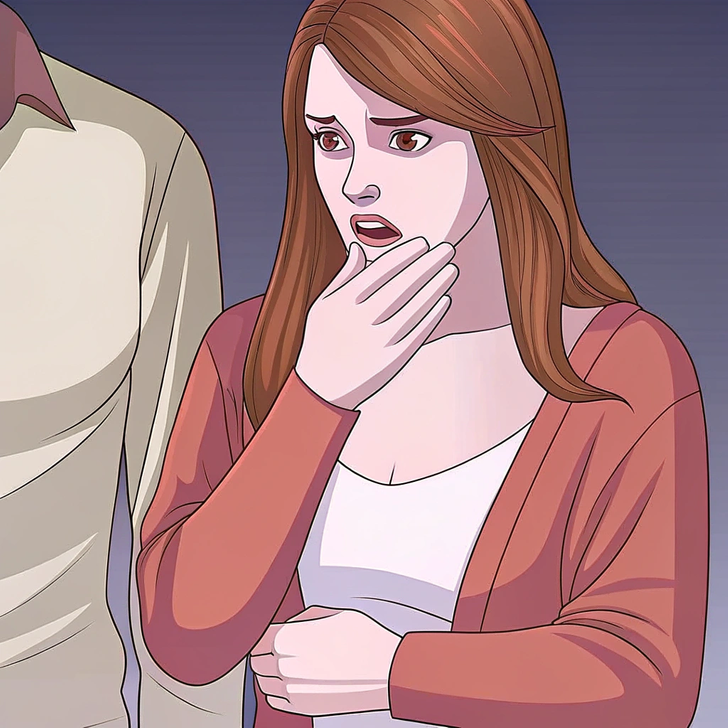
For many women, one of the most surprising stroke symptoms is persistent hiccups. While hiccups are usually harmless, they can sometimes be a neurological response to a stroke affecting the brainstem. Women are more likely to experience this symptom, often alongside chest discomfort, nausea, or an unusual sensation in the throat.
Men, on the other hand, rarely report hiccups as an early stroke sign, making this a symptom that is often overlooked in women.
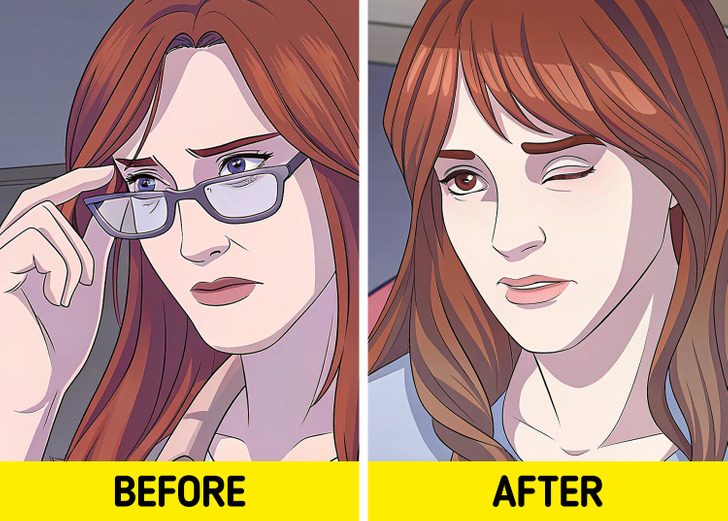
Sudden blurry vision, double vision, or even temporary vision loss can be a red flag for a stroke. For women, these changes may come on subtly — like difficulty reading or feeling like “something’s off” with their eyesight. It can be easy to brush off as eye strain, tiredness, or needing new glasses.
In contrast, men tend to experience more dramatic vision changes that prompt faster action, while women might delay care, chalking it up to fatigue or screen time.
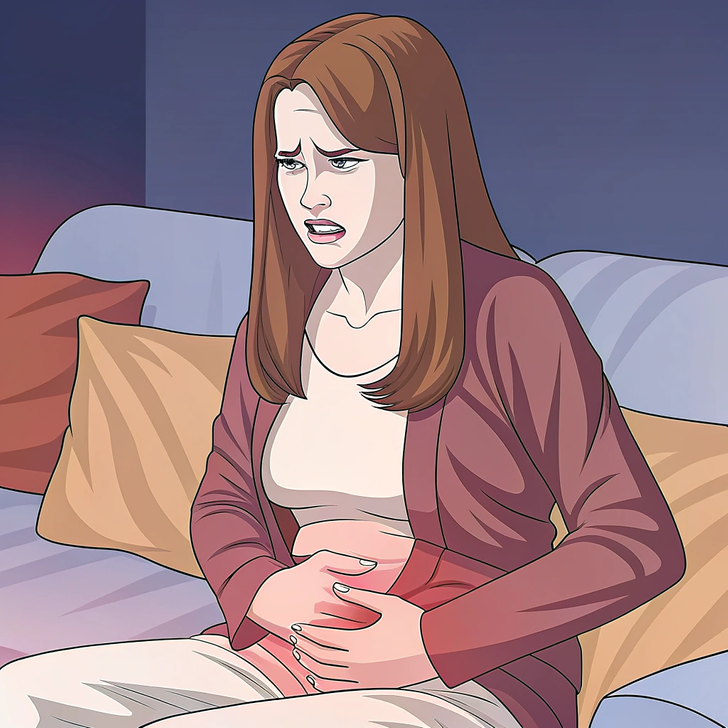
While there can be many causes for nausea, including just eating a bad meal, it’s also a key stroke symptom. Women experiencing a stroke may develop sudden nausea, dizziness, or vomiting—especially if the stroke affects the back of the brain, where balance and coordination are controlled.
This symptom can easily be dismissed as food poisoning, the flu, or even anxiety. Men, however, are far less likely to report nausea as a primary stroke symptom. Instead, they often experience more textbook signs like arm weakness or facial drooping.
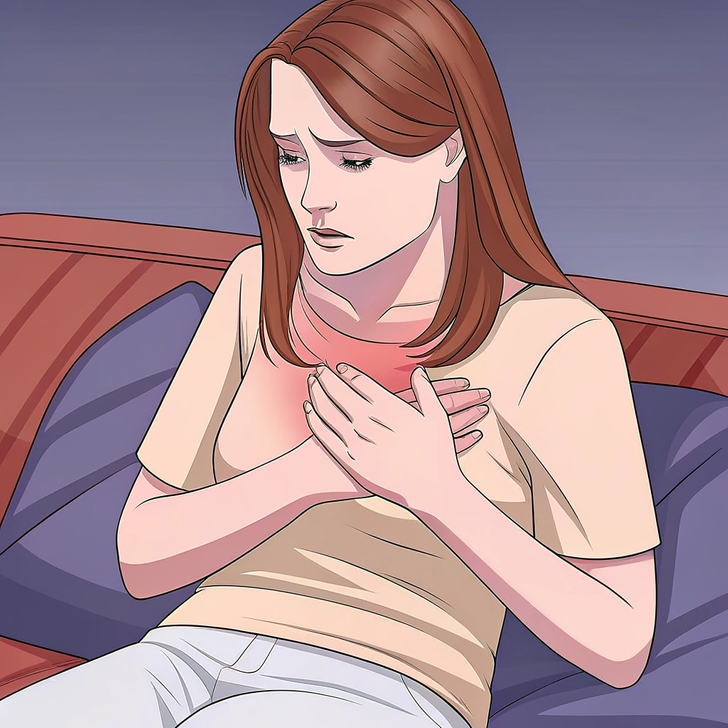
Chest pain isn’t just a heart attack warning, it can also be a sign of stroke, especially in women. Many women describe feeling an unusual tightness or discomfort in the chest, often accompanied by shortness of breath. These symptoms can easily be mistaken for anxiety or a heart-related issue, leading women to seek the wrong kind of medical attention.
Men, however, are far less likely to report chest discomfort as part of their stroke experience, making this another symptom that often flies under the radar for women.
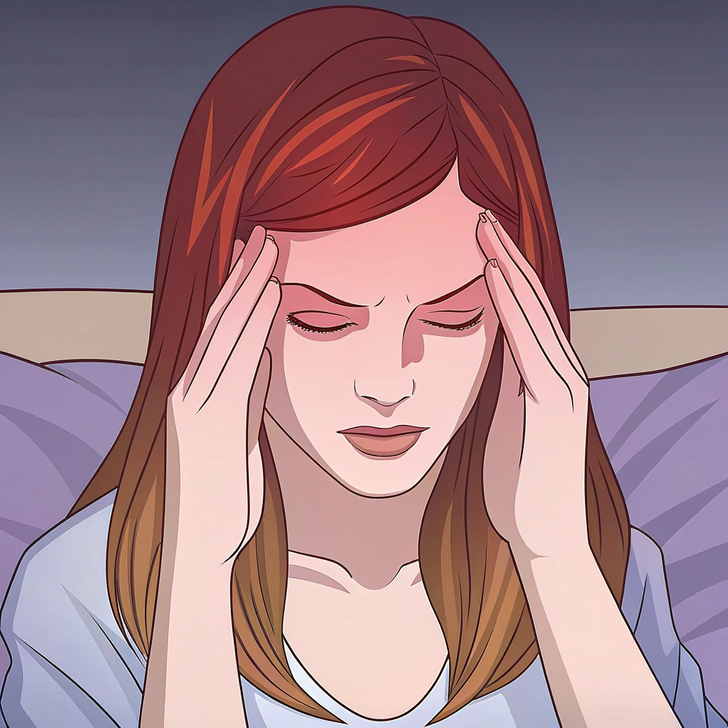
A sudden, intense headache can be one of the earliest signs of a stroke, but for women, it often presents differently. Women are more prone to migraines, which means that a stroke-related headache might be dismissed as just another bad migraine. However, unlike a typical migraine, a stroke headache comes on suddenly, is extremely severe, and doesn’t improve with rest or medication.
Men, while still susceptible to stroke-related headaches, report them less frequently and are more likely to experience other neurological symptoms first.
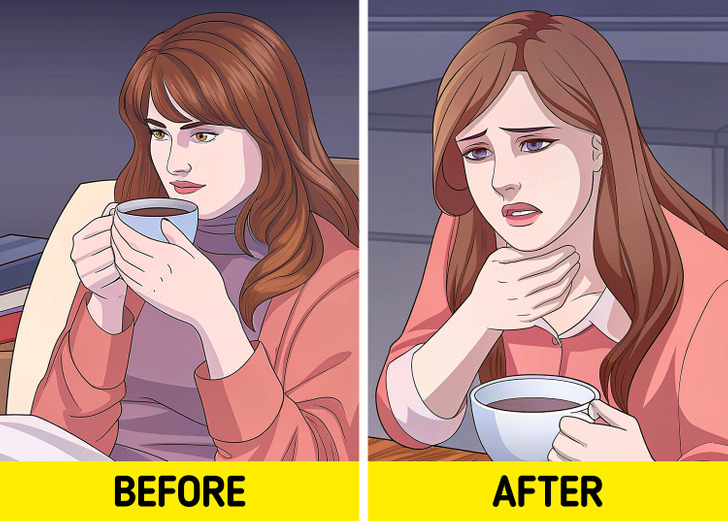
Some women report trouble swallowing (dysphagia) or an unusually dry mouth during the onset of a stroke. This is especially likely if the stroke affects the part of the brain that controls the throat and tongue muscles. It might feel like choking on food or struggling to swallow water — often dismissed as dehydration or anxiety.
Because men are less likely to report this specific symptom, it doesn’t get the attention it deserves as a possible stroke warning in women.
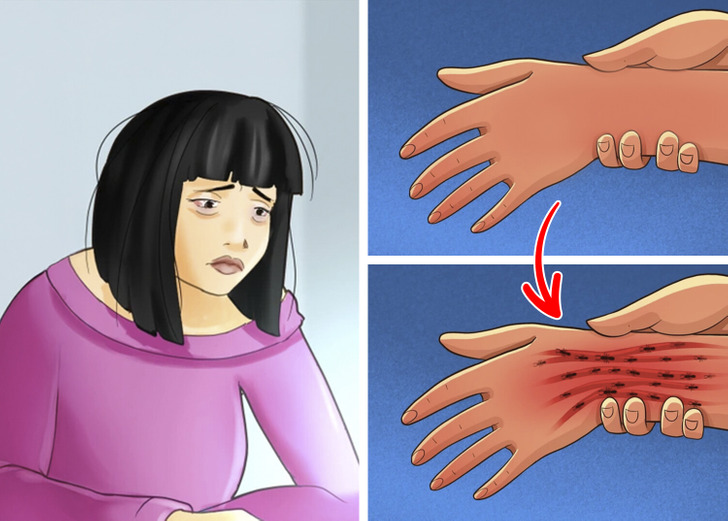
Unlike the classic sign of weakness on one side of the body, women often feel an overall sense of weakness or heaviness. This can make it harder to recognize a stroke is happening. If you feel like your body just isn’t working as it should, don’t ignore it.
The good news is, many strokes can be prevented with a few lifestyle tweaks. Here’s how you can lower your risk:
Your body talks — you just have to listen. From strokes to silent signs of endometriosis and even health warnings your feet can reveal, staying alert can make all the difference. Don’t ignore the whispers.



